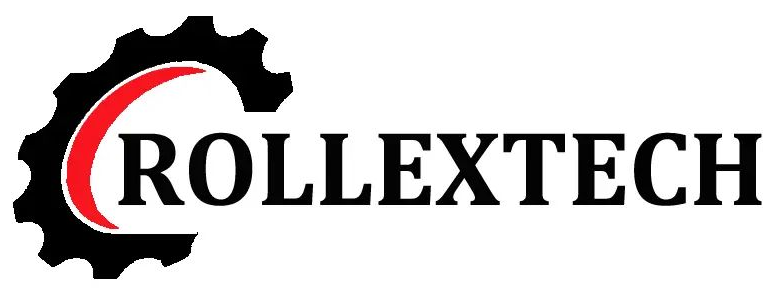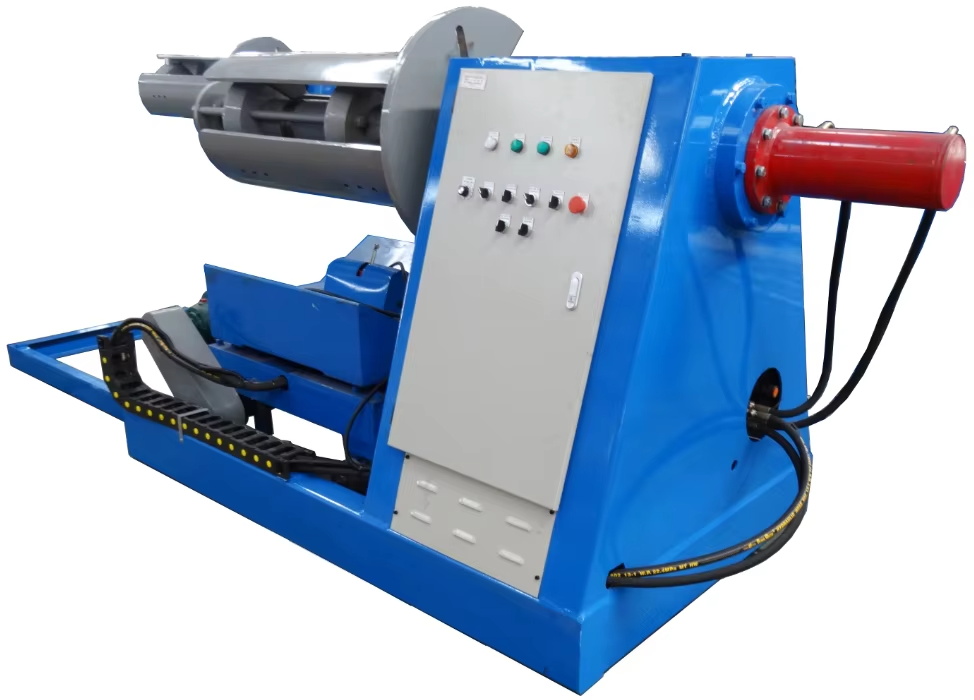**Impact of Light Steel Equipment on the Construction Industry**
Light steel equipment (such as light steel production lines, cold-forming machines, CNC cutting machines, etc.) is a core tool in **modern prefabricated construction**, primarily used for processing light steel studs, trusses, wall panels, and other components. Compared to traditional construction equipment (such as concrete mixers and wooden formwork systems), light steel equipment brings revolutionary changes in **efficiency, sustainability, and structural performance**. Below is a detailed analysis of its profound impact and specific roles in the construction industry.

**1. Technical Features of Light Steel Equipment**
Light steel equipment typically includes:
– **Cold-forming machines**: Roll-forming galvanized steel strips into C/U-shaped studs, trusses, etc.
– **CNC cutting/punching machines**: High-precision steel cutting ensures standardized components.
– **Automated welding robots**: Used for joint connections to enhance structural strength.
– **3D BIM modeling software**: Optimizes light steel structural design and minimizes material waste.
Compared to traditional equipment (e.g., cast-in-place concrete machinery), light steel equipment is characterized by **high automation, fast production speed, and superior precision**.

**2. Advantages of Light Steel Equipment vs. Traditional Equipment**
| Comparison Item | Light Steel Equipment | Traditional Equipment (Concrete/Brick-and-mortar) |
|---|---|---|
| Construction Speed | Prefabricated in factories + rapid assembly (reduced by 50%~70%) | Long curing period for cast-in-place concrete (28+ days required) |
| Structural Weight | Lightweight (self-weight reduced by 60%~80%) | Heavy concrete structures require strong foundations |
| Seismic Performance | Flexible structure, withstands 9-scale earthquakes | Brittle material, weaker seismic resistance |
| Environmental Friendliness | Recyclable steel, low dust/noise | High carbon emissions, difficult waste disposal |
| Labor Dependency | Mechanized production, labor reduced by 50% | Relies heavily on skilled workers, high labor costs |

**3. Impact of Light Steel Equipment on the Construction Industry**
**(1) Promoting Prefabricated Construction**
– **Modular production**: Light steel equipment enables standardized component manufacturing, accelerating the adoption of prefabricated buildings, particularly in **affordable housing, rural construction, and emergency buildings**.
– **Lower construction barriers**: Traditional concrete construction relies on skilled labor, while light steel structures can be assembled by general workers, driving industry transformation.
**(2) Improving Building Quality and Safety**
– **High-precision processing**: CNC equipment ensures component dimensional accuracy (<1mm error), reducing on-site adjustments.
– **Earthquake and wind resistance**: The flexible design of light steel structures performs better in seismic and typhoon-prone areas (e.g., Japan and the U.S., where light steel homes are prevalent).
**(3) Advancing Green and Low-Carbon Construction**
– **Reduced cement usage**: Traditional buildings emit ~400kg CO₂ per m², while light steel emits ~150kg.
– **Recyclable materials**: Steel recycling rates exceed 90%, aligning with **”dual carbon” policy** goals.
**(4) Lowering Overall Costs**
– **Reduced labor costs**: Mechanized production decreases reliance on masons and carpenters.
– **Lower transportation and foundation costs**: Lightweight components simplify logistics and require less robust foundations (ideal for soft soil).
**4. Typical Applications of Light Steel Equipment**
**(1) Residential Buildings**
– **Light steel villas**: Widely used in Europe, the U.S., and Japan; gradually adopted in China’s rural revitalization projects.
– **Apartments/hotels**: Modular light steel structures enable rapid construction (e.g., 3 stories in 7 days).
**(2) Public Buildings**
– **Schools/hospitals**: Superior seismic performance suits high-safety requirements.
– **Temporary buildings**: Rapid deployment for pandemic shelters, construction site dormitories, etc.
**(3) Commercial & Industrial Buildings**
– **Warehouses**: Long-span light steel trusses allow column-free designs for space efficiency.
– **Industrial parks**: Steel-framed factories reduce construction time by 50%.
**5. Challenges and Future Trends**
**(1) Lack of Industry Awareness**
– Some developers still equate “light steel = temporary structures,” requiring market education.
**(2) Incomplete Supporting Supply Chain**
– While domestic light steel equipment manufacturers are growing, fireproofing, corrosion resistance, and material standards need improvement.
**(3) Future Trends**
– **Smart upgrades**: AI-driven optimization of light steel components and higher automation.
– **Hybrid structures**: Light steel + concrete combinations for cost-performance balance.
**6. Conclusion**
The adoption of light steel equipment **fundamentally transforms traditional construction methods**, offering clear advantages in **speed, sustainability, seismic resilience, and cost efficiency**. With policy support (e.g., China’s *14th Five-Year Plan for Construction Industry Development* promoting prefabricated buildings) and technological advancements, light steel structures will become a **mainstream choice for future construction**, particularly in **rural revitalization, emergency architecture, and green low-carbon projects**.




